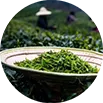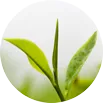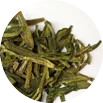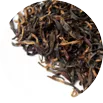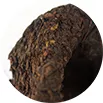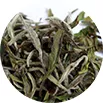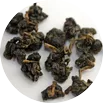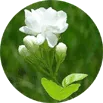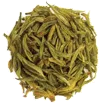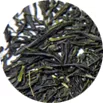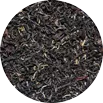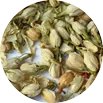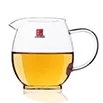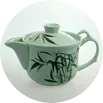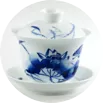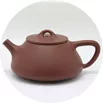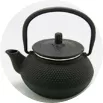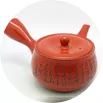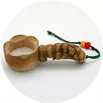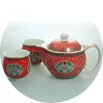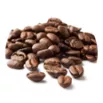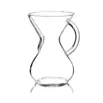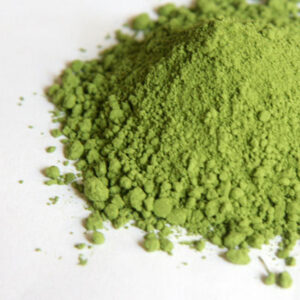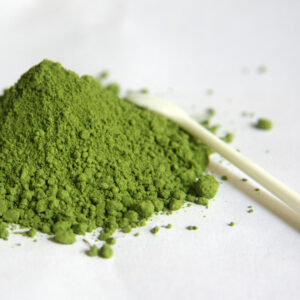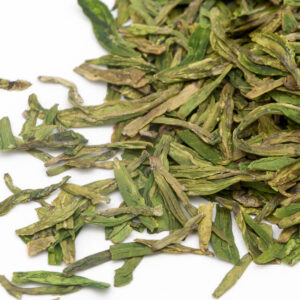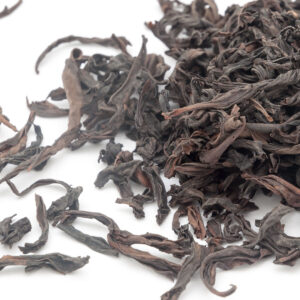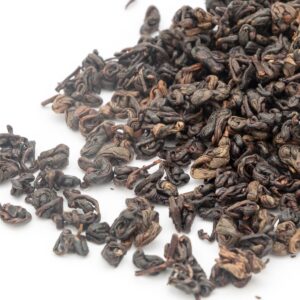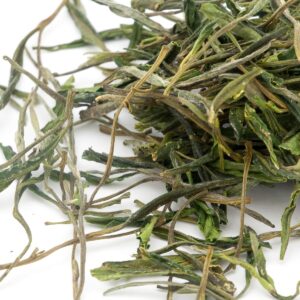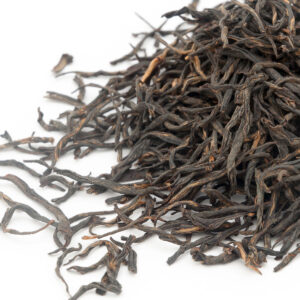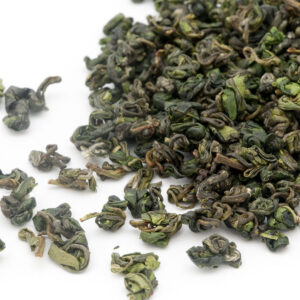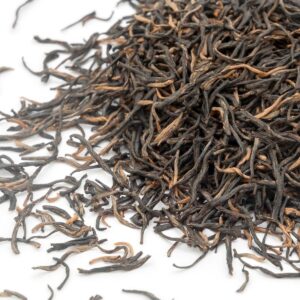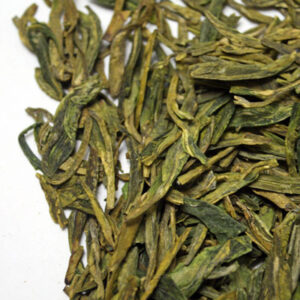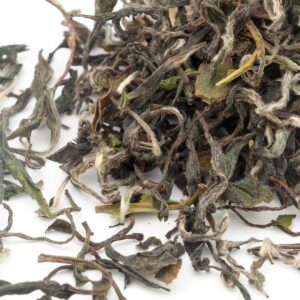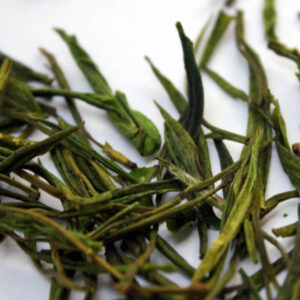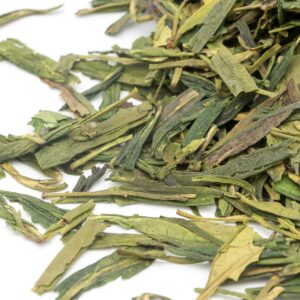Fu Ding Matcha
Very finely ground Chinese matcha green tea from gardens in the Fu Ding area (known mainly for white teas). Tea can be used both in the Japanese tea ceremony of chanoju and for informal home preparation or for various culinary purposes.
Only the highest quality green tea leaves are used for production, which are slowly ground in stone mills after drying. With the help of gentle processing, the tea retains all the healthy substances contained and a very fresh aroma and taste.
Long Jing Da Fo #43
According to the traditional Chinese view, the real Long Jing should have four characteristics (or four treasures) - a bright green color, a dense aroma, a saturated taste and a beautiful shape.
To better enjoy not only the taste but also the look of this famous tea, we recommend using a glass teapot or tall glass to prepare it. The tea is filled with water around 85 ° C. Tea should be handled with care, it is better to make it softer to maintain its delicate rich aroma.
Qi Lan
Qi Lan "Rare Orchid"-one of the few newer oolong teas from Wuyi Mountain.
The larger leaves are usually scattered and exude a sweet floral fragrance. The dark yellow tea soup has a strong, sweet floral aroma, ripe fruit aroma to honey aroma.
Orchids full of orchid fragrance, with strong aroma and aftertaste.
Hong Bao Shi
Huang Shan Mao Feng Ye Sheng
Jin Jun Mei
"Golden eyebrows" - completely hand-processed tip red tea from a fine spring harvest. A smaller, even leaf with a noticeable proportion of golden tips gives off a malty, spicy aroma, after pouring, stronger chocolate tones with a touch of honey come to the fore. The tea is full and sweet chocolate flavor with hints of exotic spices.
Lü Bao Shi
Tan Yang Jin Hao
"Golden Hair of Tan Yang" - This beautiful red tea has long been famous and popular in China, as is the small village of Tan Yang in the Fu'an area, Fu Tian Province, where the tea comes from.
The area is famous for the production of quality red teas. The small leaf is dark, shiny in the dry state and smells sweet chocolate. The taste is sweet, slightly spicy with a pleasant aftertaste.
Long Jing Xi Hu Superior
The upper class of the well-known & popular "Dragon Wells of the West Lake" (which has a total of 13 different quality classes). Authentic Lung Ching is supposed to be processed only by hand, which requires a lot of skill and time, and thus increases the price of tea.
However, the quality of such tea corresponds to the price. Dragon wells of higher varieties give a crystal clear drink of a tender emerald color with an aroma as dense as orchids and a fresh saturated taste with fruit tones.
Bai Xue Long
"White Snow Dragon" - a beautifully processed white tea with an intensely sweet herbal aroma. The yellowish, sparkling infusion smells complexly of fruit and herbs. The taste is strong, sweet, without a trace of astringency.
It is one of the few newly produced white teas, which thanks to its high quality soon gained popularity not only in China but also in other countries.
An Ji Bai Cha
Long Jing Xi Hu
"Dragon Well from West Lake". Lake 'Xi Hu' is located near Hangzhou in eastern China. The monastery plantations around it were known from the time of the Classical Book of Tea by Lu Yüe (758 AD).
Lung Ching belongs to spring teas and the best collection comes from the same period. The process of sorting, drying and roasting should be followed exactly for the production of real Lung Ching. The tea has flat leaves, a strong aroma and is sweet and beautifully fragrant in the infusion.


